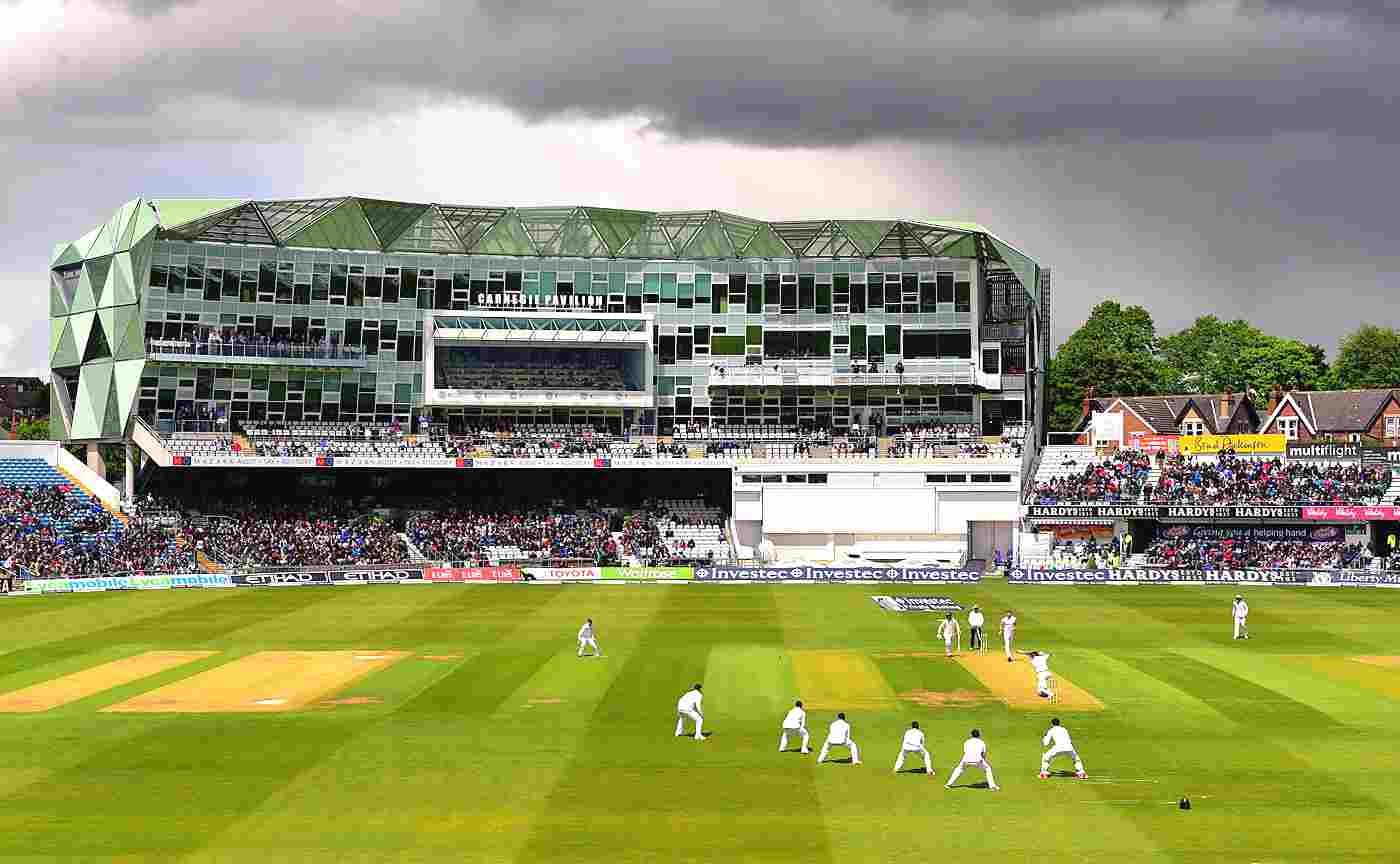England vs India 2025: Why Headingley favors Teams that win the toss and bowl first. Here’s what the numbers say.

India will play the first Test against England starting June 20 at Headingley Cricket Ground in Leeds. They will start under a new skipper, Shubman Gill, with a new line-up of batters, following the retirements of Virat Kohli and Rohit Sharma from the five-day format. The biggest question on India’s mind when they take the field at Leeds will be whether to bat or bowl first after winning the toss.
A look at the history of the ground can help Gill decide on choosing the best possible option after winning the toss.
Headingley has not been helpful to teams batting first
Since 2016, the teams batting first have lost six out of the seven matches played at this ground. The only exception in these seven matches has been when England was asked to take strike first by Sri Lanka in 2016. England made 298 before bowling out Sri Lanka for 91, and 119 to win by an innings and 88 runs. Out of these seven games, England won six, losing one against West Indies by 5 wickets in 2017. Hence, it makes a wise decision to choose to bowl first on winning the toss at Leeds.
Read More: What should be India bowlers plan of action against Joe Root?
Here’s the results of the last seven matches at Leeds since 2016:

What makes bowling first an advantage at Leeds?
Leeds is known to offer assistance to medium pacers on the first day of the match. The conditions are mostly cloudy and there is moisture in the pitch. It is a condition tailor-made for pace bowlers to strike and dismiss the opponents cheaply. Later, as the match progresses, the pitch begins to ease, and offer good batting conditions. The batting unit can then shut out the opponents by taking a good lead. The team batting next then has to play catch up, and offer little to nothing as a target. The team batting last then chases it out comfortably.
Read More: ENG vs IND, Tests, 2025: SWOT Analysis of England’s probable bowling attack
Stats show batting first comes with disadvantages
A look at the batting figures of first innings and last innings at Leeds since 2016 show that there is a wide disparity in batting averages. The average when batting first at Leeds since 2016 is 22.55, but it jumps to 51.41 when batting last. It implies batting last is slightly easy as conditions ease and targets are being chased down consistently.
Here’s a look at the batting figures across the four innings at Headingley Cricket Ground in Leeds since January 2016:

Read More: ENG vs IND, Tests, 2025: How well are India prepared for Leeds Test
India’s history at Leeds
India have played seven matches at this ground against England, winning two, losing four and one ending in a draw. Ironically, the two wins by India at this ground have come after India batted first. The first win at this ground came in 1986 when India’s Dilip Vegsarkar made 61 and 102* to lead the victory charge. India won that Test by 279 runs.
The second win came when India beat England at Leeds in 2002 by an innings and 46 runs when their batters posted 628/8 (declared) with Sachin Tendulkar making 193. Both these wins saw India choosing to bat first on winning the toss. But times have changed. Since 2016, the team batting first has ended up losing the game at Leeds six times out of seven.
What should India do?
India are likely to have Jasprit Bumrah’s services for the first Test. If the conditions are favourable for bowling, and there is moisture in the pitch, India should bowl first, going by the past records. Having Bumrah in the line-up gives them the edge to take early wickets, and put the opposition on the backfoot straight away. Besides, India have good new-ball bowlers to support Bumrah and run through the opposition.
Read More: Flashback of India’s two victories at Leeds in 1986 & 2002

